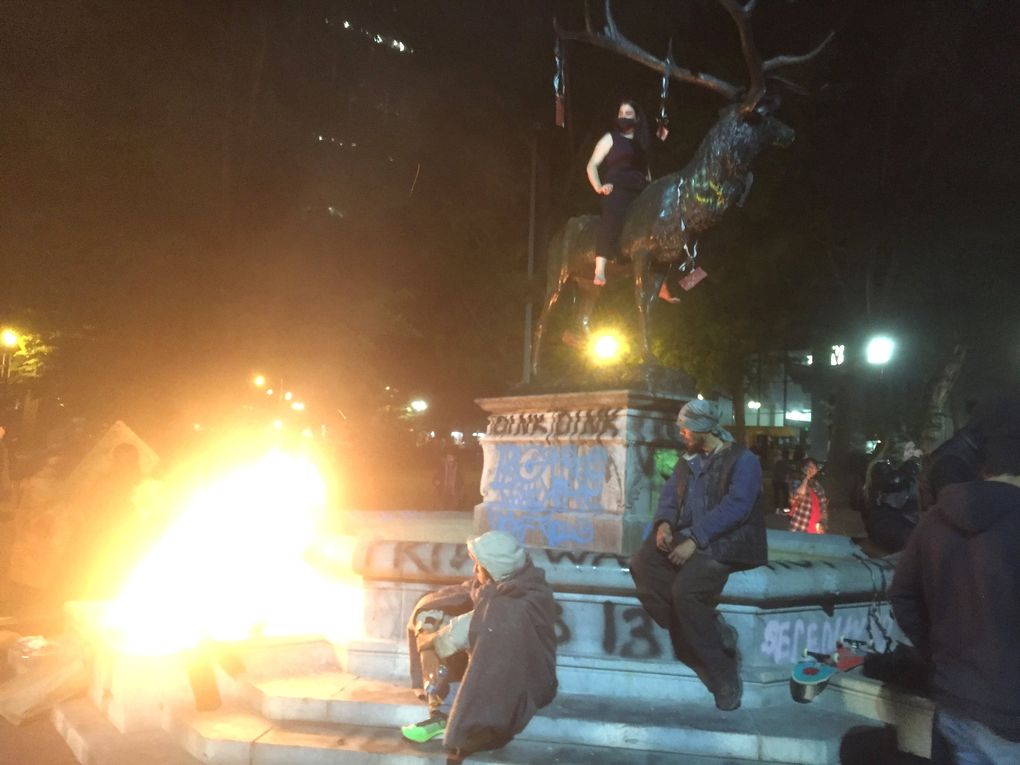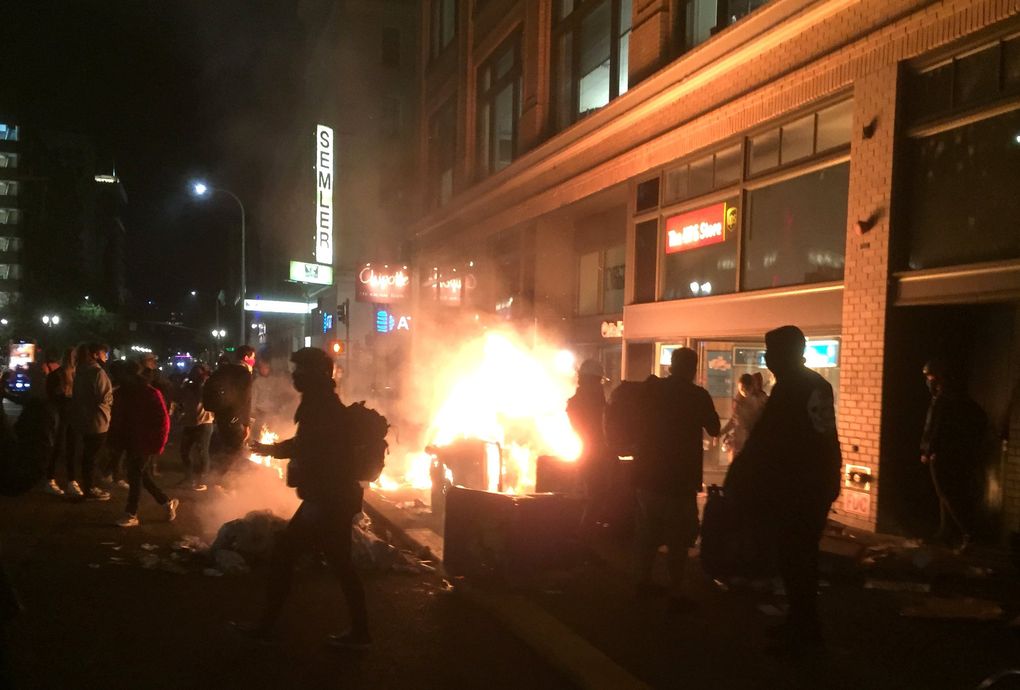Meet Dataminr, the leading artificial intelligence platform for real-time event and risk detection. In a world characterized by unexpected and rapidly moving events that can impact operations in innumerable and unforeseen ways, relevant information can surface anywhere at any time. Dataminr discovers, distills and delivers alerts from the increasingly diverse and complex landscape of publicly available information—including social media, blogs, information sensors, and the dark web—ensuring that businesses have the knowledge they need to act with confidence.
Back in January, The New York Post had a short article on how the NYPD on Monday was ordered to respond to a request for records related to its surveillance of Black Lives Matters protestors’ cell phones and social media.
The secret police documents were among a Freedom of Information Law request by the New York Civil Liberties Union on behalf of Millions March NYC, an activist group affiliated with the Black Lives Matter movement.
But, the Glomar response kicked in. What is that? It is used often actually. It is where an agency refuses to confirm or deny the existence of responsive records. The term “Glomar” originates from a case related to the CIA’s classified Glomar Explorer project, in which the agency sought to recover materials for military and intelligence purposes from a sunken Soviet submarine in the Pacific Ocean.
It is not just about Black Lives Matter, add in ANTIFA, The Youth Liberation Front and Boogaloo among others, perhaps even MS-13.
Okay, circling back to Dataminr.
Leveraging close ties to Twitter, controversial artificial intelligence startup Dataminr helped law enforcement digitally monitor the protests that swept the country following the killing of George Floyd, tipping off police to social media posts with the latest whereabouts and actions of demonstrators, according to documents reviewed by The Intercept and a source with direct knowledge of the matter.
Dataminr helps newsrooms, corporations, and governments around the world track crises with superhuman speed as they unfold across social media and the wider web. Through a combination of people and software, the company alerts organizations to chatter around global crises — wars, shootings, riots, disasters, and so forth — so that they’ll have a competitive edge as news is breaking. But the meaning of that competitive edge, the supercharged ability to filter out important events from the noise of hundreds of millions of tweets and posts across social media, will vary drastically based on the customer; the agenda of a newspaper using Dataminr to inform its breaking news coverage won’t be the same as the agendas of a bank or the FBI. It’s this latter category of Dataminr’s business, lucrative government work, that’s had the firm on the defensive in recent years.
In 2016, Twitter was forced to reckon with multiple reports that its platform was being used to enable domestic surveillance, including a Wall Street Journal report on Dataminr’s collaboration with American spy agencies in May; an American Civil Liberties Union report on Geofeedia, a Dataminr competitor, in October; and another ACLU investigation into Dataminr’s federal police surveillance work in December. The company sought to assure the public that attempts to monitor its users for purposes of surveillance were strictly forbidden under its rules, and that any violators would be kicked off the platform. For example, then-VP Chris Moody wrote in a company blog post that “using Twitter’s Public APIs or data products to track or profile protesters and activists is absolutely unacceptable and prohibited.” In a letter to the ACLU, Twitter public policy chief Colin Crowell similarly wrote that “the use of Twitter data for surveillance is strictly prohibited” and that “Datatminr’s product does not provide any government customers with … any form of surveillance.”
Dataminr continues to enable what is essentially surveillance by U.S. law enforcement entities, contradicting its earlier assurances to the contrary, even if it remains within some of the narrow technical boundaries it outlined four years ago, like not providing direct firehose access, tweet geolocations, or certain access to fusion centers.
Dataminr relayed tweets and other social media content about the George Floyd and Black Lives Matter protests directly to police, apparently across the country. In so doing, it used to great effect its privileged access to Twitter data — despite current terms of service that explicitly bar software developers “from tracking, alerting, or monitoring sensitive events (such as protests, rallies, or community organizing meetings)” via Twitter.
And despite Dataminr’s claims that its law enforcement service merely “delivers breaking news alerts on emergency events, such as natural disasters, fires, explosions and shootings,” as a company spokesperson told The Intercept for a previous report, the company has facilitated the surveillance of recent protests, including nonviolent activity, siphoning vast amounts of social media data from across the web and converting it into tidy police intelligence packages.
Dataminr’s Black Lives Matter protest surveillance included persistent monitoring of social media to tip off police to the locations and activities of protests, developments within specific rallies, as well as instances of alleged “looting” and other property damage. According to the source with direct knowledge of Dataminr’s protest monitoring, the company and Twitter’s past claims that they don’t condone or enable surveillance are “bullshit,” relying on a deliberately narrowed definition. “It’s true Dataminr doesn’t specifically track protesters and activists individually, but at the request of the police they are tracking protests, and therefore protesters,” this source explained. There is much more detail here from The Intercept.
So, if law enforcement in various locations has a partnership with Dataminr, it puts to question why destructive protests of an ongoing basis continues to happen costing lives, injuries and ruining business and livelihoods. Ah that is a question for governors, mayors, prosecutors and judges but you can be assured that in many cases arrests have been made and investigators have additional tools for build cases against alleged criminals.
So, if there is to be law and order and any kind of restoration to community peace or civil society, tools such as Dataminr are valuable that is if the unlawful acts are prosecuted in the first place.



.jpg&f=1&nofb=1)



/https://public-media.si-cdn.com/filer/f8/c7/f8c78213-1434-40c9-bcd7-ef541f06f19d/tonightwebombedtheuscapitol_to_17_runningonempty1.jpg)